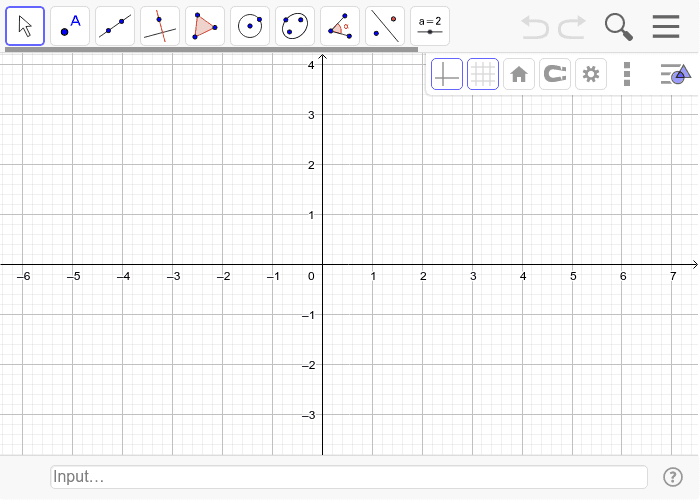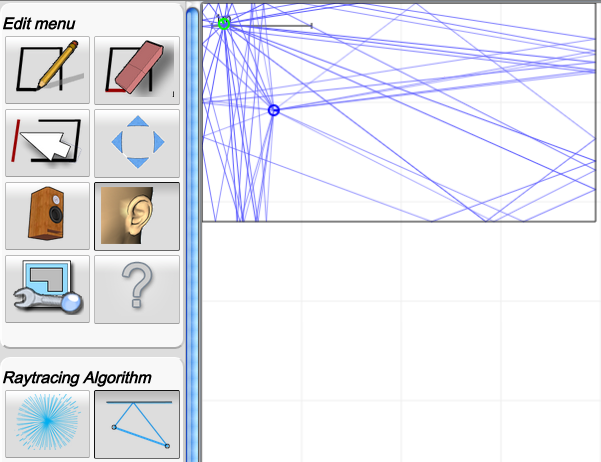

11 combined the HJC constitutive model with smooth particle hydrodynamics (SPH) to simulate the three-dimensional invasion of granite slabs at an initial rate of 0–4000 m/s. determined the parameters of a sandstone HJC constitutive model based on indoor test results and compared the simulation results with the test results the rationality of the parameter determination method was verified. studied the stress uniformity of rock specimens by adjusting the non-parallelism of the ends of the rock specimens, and performed numerical simulations based on the HJC constitutive model, which showed that the non-parallelism of the end of rock specimens should be limited to 0.10%. proposed a method to obtain the HJC constitutive model of coal rocks through mechanical experiments combined with LS-DYNA finite element software. constructed a drill bit–rock interaction model by studying the hole-bottom rock mechanics of air-hammer drilling, established a damage evolution equation for rock unit strength degradation, coupled it relationally with the HJC constitutive mode, and proposed a method to evaluate the rock-breaking performance of simulated downhole drill bits. The results of the study showed that the damage to coal rock was affected by both compression and tension when the impact velocity was 3 m/s, and when the impact velocity was 9 m/s, the damage to coal rock was mainly affected by impact compression.
REFLECTION CALCULATOR SOFTWARE
6 conducted numerical simulations of coal rock SHPB experiments based on the HJC constitutive model and the finite element software LS-DYNA.

5 proposed a method to determine the parameters of the HJC constitutive model of Salem limestone and extended it to general rock materials. Some scholars have incorporated the Holmquist–Johnson–Cook (HJC) constitutive model into the numerical simulation analysis of rock dynamics and have performed a great deal of research on the parameter value method. Numerical simulation analysis is a common method used to solve slate dynamics problems, and the selection of the constitutive model and the determination of parameters are the keys to such simulation, directly affecting the validity and accuracy of the simulation results 4. It is of great significance to study the dynamic characteristics of slate under impact loading for accurate rock-breaking and disaster prevention and mitigation in geotechnical engineering 1, 2, 3. Slate is a common rock mass encountered in geotechnical engineering in China. The research findings provide a highly precise numerical simulation method for similar projects.

The error between the numerical simulation and indoor experiments is within 10%, indicating a high level of simulation accuracy. The relationship between the HJC model parameters and the inclination angle of slate joints is derived, and the accuracy of these parameters is verified through numerical simulation methods. Thirdly, a nonlinear fitting regression method is used to determine the HJC constitutive model parameters of naturally jointed angular slate. Among them, parameters A and B have the most significant impact on stress, exceeding 50%. Furthermore, by employing sensitivity analysis methods, the influence of key parameters of the HJC constitutive model on the dynamic peak stress of slate is determined. This study first determines the HJC constitutive model parameters of layered slate with five specific joint dip angles (0°, 30°, 45°, 60°, and 90°) through static tests and the split Hopkinson pressure bar (SHPB) test. Hence, it is necessary to find a simple, feasible, and high-precision method to determine the Holmquist–Johnson–Cook (HJC) constitutive model parameters for naturally jointed layered slate with different dip angles. In addition, the natural joint angle of the layered slate is random, so it is extremely difficult to establish a database of the mechanical characteristics of layered slate. As a result, at the beginning of a project, a large number of indoor tests are required, which are time-consuming and laborious. Understanding the mechanical characteristics of layered slate is a prerequisite for engineering construction and disaster prevention and mitigation. In the course of underground engineering, layered slate is often encountered.


 0 kommentar(er)
0 kommentar(er)
